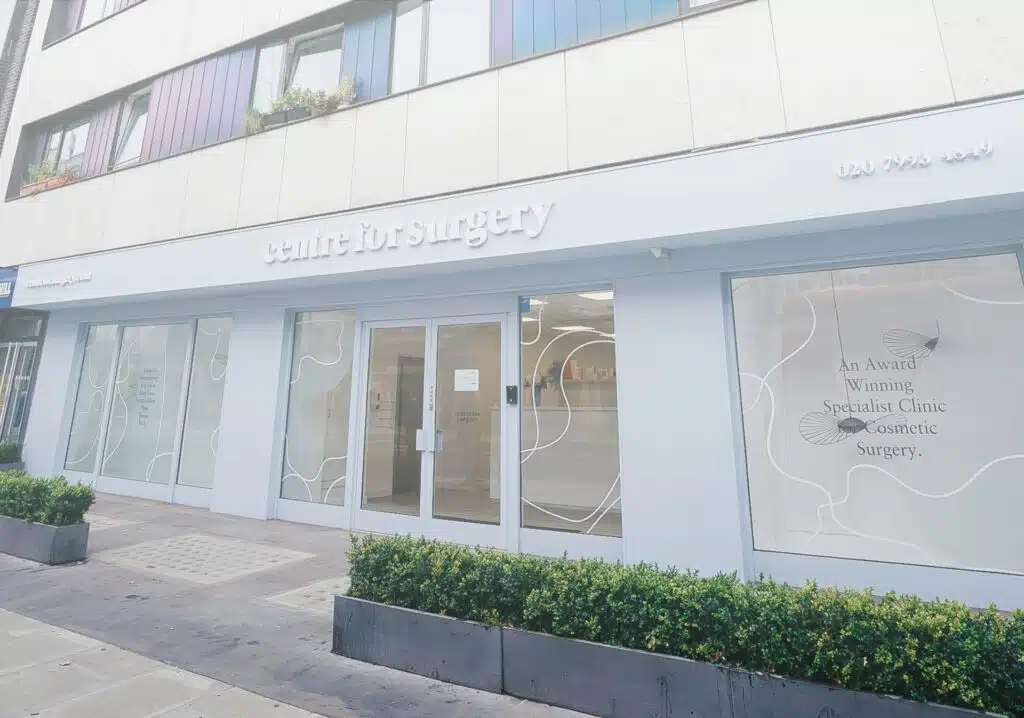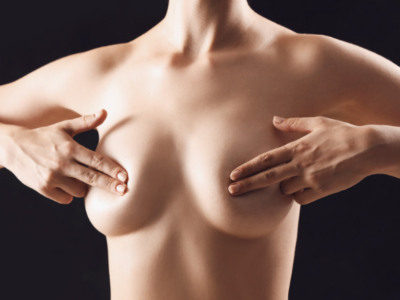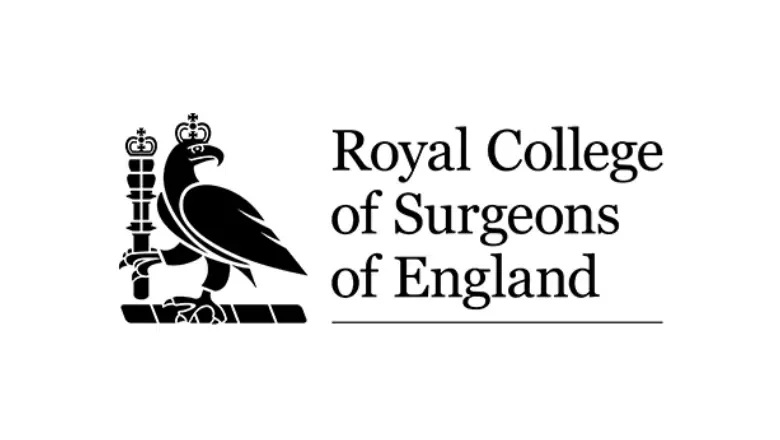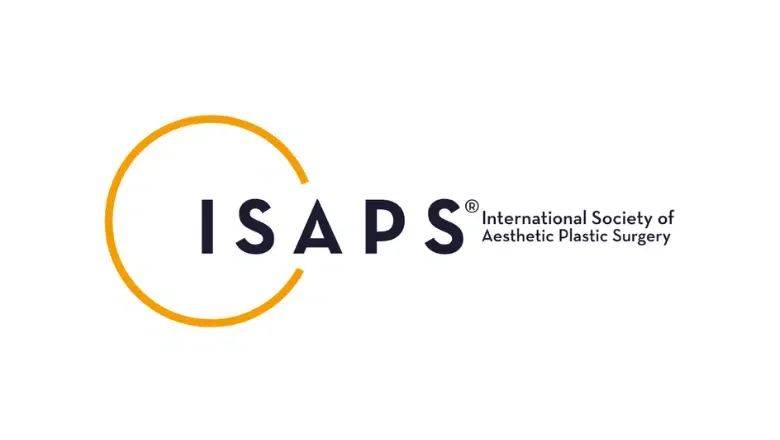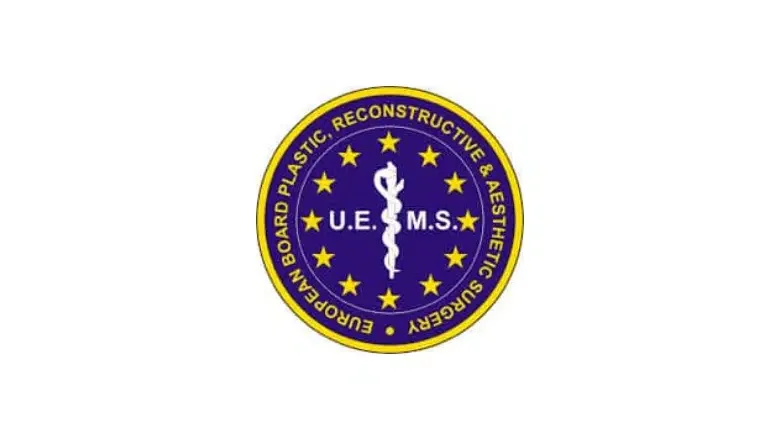Breast ptosis, also known as breast drooping, is one of the most common problems affecting women in the UK as part of the ageing process, weight loss or pregnancy. The breasts begin to lose their youthfulness and perkiness, causing them to lose their normal position on the chest. The nipples gradually begin to point downwards when women develop droopy boobs. Saggy or droopy breasts can often make breasts appear deflated for many women. This may cause women to feel unattractive and develop a negative body image. Significant events can affect a woman over her lifetime, including pregnancy, breastfeeding or significant weight loss. These can have a significant effect on a woman’s body. Centre for Surgery in London have years of experience treating breast ptosis. We offer a full range of treatment options for women who want to fix their saggy breasts. Droopy boobs can be corrected with a breast lift (mastopexy), breast augmentation (with implants), or a combination of both procedures. Read on to learn more about breast ptosis, what causes it, and how it can be treated.
RELATED: Breast Lift FAQs – Q&As about Mastopexy Surgery
What is Breast Ptosis?
Breast ptosis refers to sagging or drooping of the breasts. It can occur due to the natural ageing process but can also be a result of significant weight loss, pregnancy, and breastfeeding, as well as genetics. Breast ptosis is typically characterised by loose skin with deflated breasts and downward-pointing nipples. The breasts are composed of breast tissue, fat, and a specialised connective tissue framework, also known as Cooper ligaments, which gives the breast its shape. The Cooper ligaments, also known as the suspensory ligaments of Cooper, resemble a fine meshwork of fibrous cords that impart structure and firmness to the breasts. Pregnancy, ageing or fluctuations in weight can affect the integrity of the Cooper ligaments, causing the breasts to stretch out and weaken. This causes the breasts to sag and lose their firmness. Combined with the loss of skin elasticity, breast ptosis is the eventual outcome.
RELATED: How to get rid of sagging breasts after weight loss
Understanding the Causes of Breast Ptosis
Breast ptosis, commonly known as breast sagging, results from a range of factors that impact the firmness and appearance of the breasts. Understanding these causes can help in managing and potentially mitigating the effects.
One primary cause of breast ptosis is ageing. As women grow older, their skin and breast tissue naturally lose elasticity and firmness. This decrease in elasticity is a normal part of the ageing process, making the breasts more prone to sagging over time.
Another significant factor is gravity. Over the years, the constant pull of gravity exerts force on the breasts, causing them to droop. This gradual effect is particularly noticeable as women age, contributing to the development of ptosis.
Pregnancy and breastfeeding also play a crucial role. During pregnancy, hormonal changes cause the breasts to enlarge and increase in glandular tissue. After childbirth and the breastfeeding period, the breasts may lose volume and become saggy. The skin and underlying tissues, stretched during this time, may not always return to their original tightness.
Weight fluctuations are another contributing factor. Significant weight gain or loss can stretch the skin and alter the shape and size of the breasts. This stretching can lead to a loss of firmness and contribute to sagging.
Genetics also influence susceptibility to breast ptosis. Some women may be genetically predisposed to experience sagging due to the inherent structure of their skin and tissues, which affects how their breasts respond to various changes.
Lifestyle factors such as smoking, excessive sun exposure, and insufficient exercise can exacerbate breast ptosis. These habits can damage the skin’s health and elasticity, making the breasts more likely to sag.
Menopause introduces hormonal changes that further impact skin elasticity. During this period, the body produces less collagen and elastin, proteins essential for maintaining skin firmness, which can lead to sagging breasts.
Lastly, women with large breasts may be more prone to ptosis. The additional weight placed on the breast tissue and skin can cause it to stretch over time, leading to sagging. The larger volume requires more support, which can result in increased strain and eventual drooping.
How is breast ptosis classified?
The degree of ptosis can be classified into four grades based on the position of the nipple and the amount of breast tissue that has sagged below the inframammary fold (the point at which the breast tissue transitions to the chest).
Grade 1 ptosis: The nipple is slightly below the inframammary fold but is still centred on the breast.
Grade 2 ptosis: The nipple is below the inframammary fold but is still centred on the breast.
Grade 3 ptosis: The nipple is below the inframammary fold and points downward. The breast tissue is mostly below the fold.
Grade 4 ptosis: The nipple is located at or below the crease under the breast, and the entire breast hangs downward.
Breast ptosis can affect a woman’s self-esteem, ability to wear certain clothing, and participation in physical activities. Treatment options include mastopexy (breast lift) surgery or breast augmentation with a lift. The best option depends on the extent of ptosis and the patient’s individual needs and goals.
How can you fix sagging breasts with surgery?
When considering surgical options for fixing sagging breasts, there are several options available at Centre for Surgery in London. Sagging breasts can be corrected through various surgical procedures, including mastopexy (breast lift) and breast augmentation with a lift.
Mastopexy (Breast Lift)
Mastopexy is a surgical procedure that involves removing excess skin and repositioning the nipples and areolas to a higher position on the breasts. This procedure can improve the appearance of sagging breasts by restoring their shape and firmness. During the procedure, incisions are made around the areola, down the breast, and in the crease under the breast. The excess skin is then removed, and the remaining skin is tightened and reshaped to restore the natural position of the nipples and areolas.
Breast Augmentation with a Lift
Breast augmentation with a lift is a combination procedure that involves adding implants to increase the size of the breasts and lifting the breasts to a higher position on the chest. This procedure can help to restore the volume and shape of the breasts, as well as improve the appearance of sagging. During the procedure, incisions are made around the areola, down the breast, and in the crease under the breast. The implants are then inserted, and the remaining skin is tightened and reshaped to restore the natural position of the nipples and areolas.
Breast Liposuction
Liposuction is a surgical procedure that involves removing excess fat from the breast area. This procedure can be performed alone or in combination with other procedures, such as mastopexy or breast augmentation with a lift, to improve the appearance of sagging breasts. During the procedure, a small incision is made, and a thin tube called a cannula is inserted to remove the excess fat.
Fat Transfer to Breasts
Fat transfer is a procedure that involves removing fat from one area of the body and injecting it into the breasts to increase their size and restore their shape. This procedure can be performed alone or in combination with other procedures, such as mastopexy or breast augmentation with a lift, to improve the appearance of sagging breasts. During the procedure, fat is removed from an area of the body using liposuction and then processed and injected into the breasts.
Drooping breasts can be corrected through various surgical procedures, including mastopexy (breast lift), breast augmentation with a lift, liposuction, and fat transfer. The best surgical option for you will depend on your individual needs and goals, as well as your overall health and anatomy. It is essential to discuss your options with a qualified plastic surgeon at our Baker Street clinic to determine the best course of action for you.
How can you prevent breast sagging?
Preventing Breast Sagging is commonly asked by our patients at Centre for Surgery. While it is not possible to completely prevent breast sagging, some measures can be taken to reduce the likelihood and severity of breast ptosis.
Maintain a Healthy Weight
Staying within a healthy weight range can help to reduce the amount of strain on the breasts, which can help to prevent sagging. Rapid weight loss or weight gain can cause the skin to stretch, leading to sagging. Maintaining a stable weight through a balanced diet and regular exercise can help to reduce the risk of breast ptosis.
Wear a Properly Fitted Bra
Wearing a properly fitted bra can support the breasts, reducing the strain on the skin and tissues. This can help to prevent sagging, as well as improve comfort and reduce the risk of back pain. It is important to have your bra size measured regularly, as it can change over time.
Limit Sun Exposure
Exposure to the sun can cause damage to the skin, leading to sagging. Wearing protective clothing, such as a hat, and using a high-SPF sunblock can help to reduce the amount of sun exposure and prevent damage to the skin.
Avoid Smoking
Smoking can cause damage to the skin, leading to sagging. Avoiding smoking can help to reduce the risk of ptosis, as well as improve overall health.
Exercise Regularly
Exercise can help to strengthen the muscles in the chest, which can provide support for the breasts and help to prevent sagging. Regular exercise can also help to maintain a healthy weight, reducing the risk of ptosis.
Sleep on Your Back
Sleeping on your side or stomach can put pressure on the breasts, leading to sagging. Sleeping on your back can help to reduce the amount of strain on the breasts, reducing the risk of ptosis.
Is surgery for breast ptosis available on the NHS?
Breast ptosis surgery, also known as a breast lift, may be available on the National Health Service (NHS) in the United Kingdom. However, the availability and eligibility for this type of surgery may vary depending on local policies and clinical need.
Eligibility for NHS Treatment
The NHS provides treatment to patients who meet certain criteria, including those who have a medical need for the procedure. The eligibility for breast ptosis surgery on the NHS will depend on the patient’s individual case and the clinical need for the procedure. Patients may be referred for a breast lift if they have severe ptosis, which is causing physical discomfort or affecting their quality of life.
Waiting Lists for NHS Treatment
If a patient is eligible for breast ptosis surgery on the NHS, they may be placed on a waiting list for the procedure. The waiting time for surgery will depend on the patient’s individual case and the availability of resources in their local area. Patients may be able to access private treatment if they do not wish to wait for surgery on the NHS.
Cost of NHS Treatment
Breast ptosis surgery is available on the NHS at no cost to the patient. Patients will not need to pay for the procedure, the hospital stay, or the follow-up care.
FAQS about Breast Ptosis
Does wearing a bra prevent breast ptosis?
Wearing a bra can help support the breasts and reduce the strain on the breast tissue, but it cannot prevent breast ptosis (sagging of the breasts) completely.
Breast ptosis is caused by a combination of factors, including ageing, genetics, weight changes, pregnancy, and breastfeeding. Wearing a supportive bra can help reduce the impact of these factors by providing support and reducing the stress on the ligaments and skin of the breast.
However, wearing a bra alone is not enough to completely prevent ptosis. It is important to maintain a healthy lifestyle, including a balanced diet and regular exercise, to help maintain good overall breast health. Additionally, avoiding factors that can contribute to ptosis, such as rapid weight changes or frequent sun exposure, can also help reduce the risk of sagging.
Wearing a supportive bra can help support the breasts and reduce the risk of ptosis, but it is not a guarantee against the development of sagging over time. A combination of a healthy lifestyle and good breast care practices can help maintain the shape and appearance of the breasts over time.
Does breast lifting leave a scar?
Yes, breast lifting (also known as mastopexy) does typically leave scars. The type and location of the scars will depend on the extent of the ptosis and the technique used for the lift.
Typically, a breast lift involves making incisions around the areola and down the front of the breast. The incisions are used to remove excess skin and reshape the breast tissue to create a lifted and more youthful appearance. The incisions will result in scars that can be noticeable, although they will fade over time.
In some cases, the incisions may be hidden in the natural folds of the breast or along the border of the areola. However, larger incisions may be necessary in more extensive cases of ptosis, resulting in more noticeable scars.
Discuss the potential for scarring with your surgeon before undergoing a breast lift. Your surgeon can provide more information on the expected appearance of the scars, as well as recommendations for minimising their appearance and promoting proper healing.
Is a breast lift permanent?
A breast lift, also known as mastopexy, can provide a long-lasting improvement in the appearance of the breasts, but it is not permanent. The effects of a breast lift can be long-lasting, with many women experiencing a more youthful and lifted appearance for several years after the procedure.
However, over time, the ageing process, changes in weight, and other factors can cause the breasts to change and begin to sag again. It is not possible to completely stop the natural process of ageing or prevent all future changes to the breasts.
Maintain a healthy lifestyle, including a balanced diet and regular exercise, to help maintain good overall breast health and slow the progression of ptosis. Additionally, avoiding factors that can contribute to breast ptosis, such as rapid weight changes or frequent sun exposure, can also help extend the results of a breast lift.
Are there non-surgical ways to make saggy boobs perky again?
Yes, there are non-surgical ways to improve the appearance of saggy breasts, although results may be less dramatic compared to surgery. Here are some non-surgical options:
- Exercise: Certain exercises, such as chest presses and flys, can help to strengthen the chest muscles and improve the overall shape of the breasts. However, it is important to keep in mind that exercise cannot significantly lift the breasts or reverse significant sagging.
- Posture: Good posture can help to elevate the breasts and improve their appearance. Maintaining good posture throughout the day can also help to reduce stress on the back and neck.
- Bra support: Wearing a supportive bra can help to lift the breasts and improve their appearance. A well-fitted bra with good support can also help to reduce discomfort and improve posture.
- Massage: Massaging the breasts can help to improve circulation and promote lymphatic drainage, which can reduce swelling and improve the overall appearance of the breasts.
- Skincare: Keeping the skin on the breasts moisturised and protected from the sun can help to maintain its elasticity and reduce the appearance of sagging.
RELATED: What is a non-surgical breast lift?
Breast Ptosis Surgery at Centre for Surgery
Centre for Surgery is a specialist plastic surgery clinic. Our UK cosmetic surgeons are considered some of the best in London when it comes to treating saggy and droopy boobs with surgery. Surgical options include a breast lift, breast augmentation, or combined breast lift with implants. Fat grafting to the breasts is another option to restore firmness to the breasts. Call us today to schedule an in-person consultation with an expert Plastic Surgeon at our state-of-the-art Baker Street clinic in Marylebone.
RELATED: Should I get a Breast lift with implants?

